Looking for a quieter walk in Cumbria beyond the busy paths and hills of the Lake District? Why not head off the beaten track to the coast for this spectacular clifftop walk on the wild edges of Cumbria?
Starting in Whitehaven
My walk begins in Whitehaven, a harbour that was once the second busiest port in England during the 17th century, importing sugar, cocoa, coffee and rum directly from the Caribbean. These days, it’s a quieter affair, with leisure yachts and boats bobbing gently in the summer breeze as I climb the steep steps up to the start of the coast path walk. The walk is well-marked and signposted and is part of the King Charles III England Coast Path project, which will eventually allow you to walk to the entire coastline of England from late 2024.

Perched high up on the headland above the town lies another marker from Whitehaven’s industrial past, known locally as ‘The Candlestick Chimney’. Built in the 1840s as a ventilation shaft for the nearby Wellington coal mining pit, it was used to provide fresh air to the miners working up to four miles out to sea in the coal mines. Further along, the path brings you to the old Haig Colliery, built in 1916 which provided a steady stream of jobs for the area until it ceased mining in 1986.


The wild coastline
Leaving the town behind, the path becomes undulating, up and down hugging the dramtic cliff edge. I feel a real sense of thrill and elation to be walking on these exposed cliffs; you can really feel the forces of nature and how it has shaped the landscape.
I pass through wide open spaces dotted with bracken and early summer wildflowers – cow parsley, foxgloves, dog roses and onwards to a sandstone quarry (part of which was used to build Liverpool Cathedral). I continue on, reaching a lonely lighthouse perched on North Head built in 1825 to illuminate the dangers of the sea cliffs for sailors naviagating their way in the rough Irish Sea.




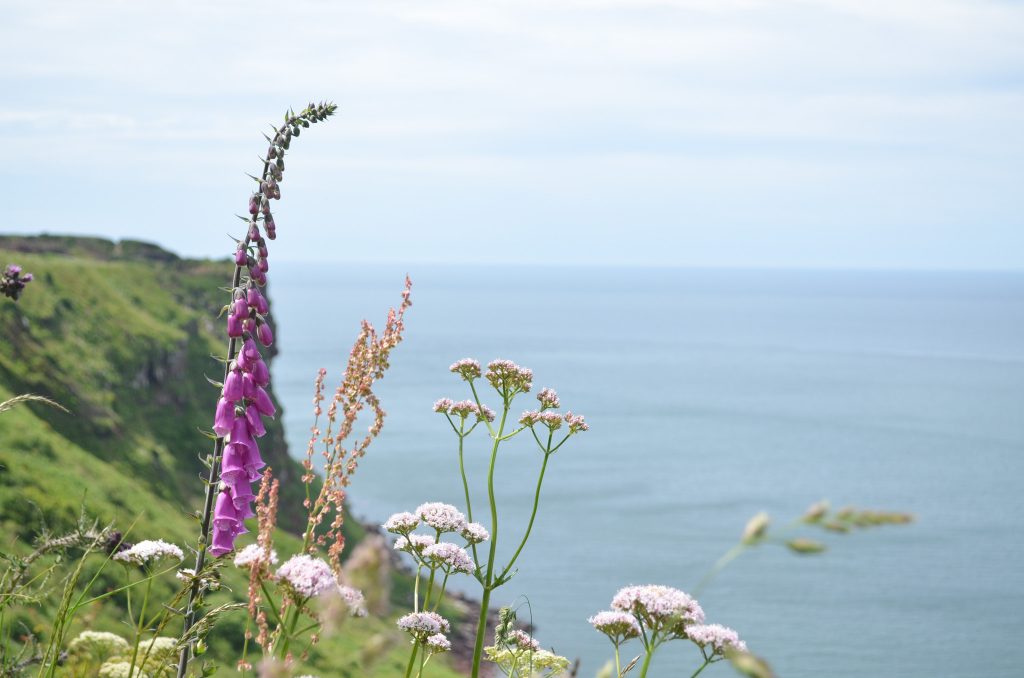
St Bees Head Nature Reserve
The lighthouse marks the start of the RSPB bird reserve, home to northwest England’s only cliff-nesting seabird colonies. I veer a short way off the main path down to one of the viewing points, staring in amazement at the hundreds of guillemots nesting on the rusty-coloured cliffs, a cacophony of noise and graceful swooping and diving like tiny snowflakes drifting through the sky.
The best time to visit the reserve is from May to July when the birds are nesting, but the cliffs are also home to herring gulls, kittiwakes, razorbills, fulmars and cormorants outside these months.





Fleswick Bay
Back on the main path, I continue on towards Fleswick Bay, a dramatic wild bay that feels like a scar cut into the sandstone cliffs. You can continue down to the beach for a bracing paddle, and the spot is also popular for bouldering. I pause for a while and watch the waves lap against the cliffs, thinking just how wild this place must feel in winter.



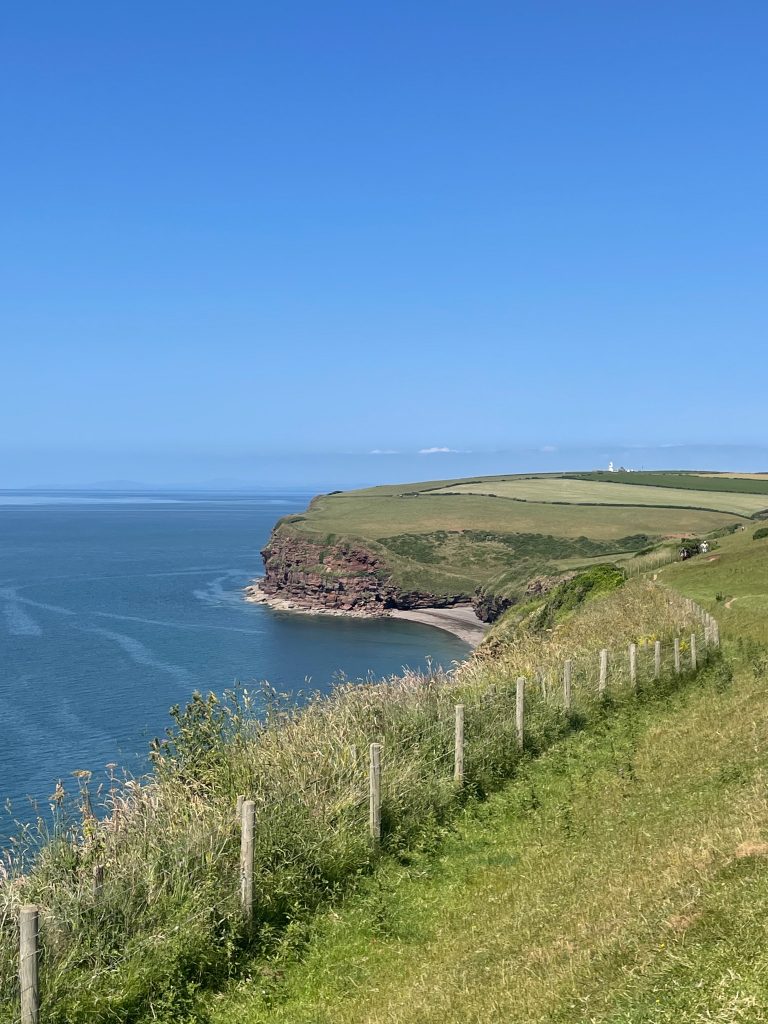
Heading towards St Bees
The headland continues – farmland with curious, nonchalant sheep unmoved by the strengthening wind as the horizon shifts to views of St Bees and the neighbouring Lake District hills. An old World War 2 lookout has been repurposed as a viewpoint and gives extra detail, pointing out each of the fells and the outline of the Isle of Man in the far distance.
It’s a steep decline down the natural foot holes and steps to St Bees, a charming village that sits just outside the bay and is the starting point of the Coast to Coast walk made famous by Alfred Wainwright.

I head to the Hartley’s, an old school style beach cafe for a quick drink, looking back across the cliffs I had just walked before making the 15-minute walk back to the train station to take me back to my starting point in Whitehaven.

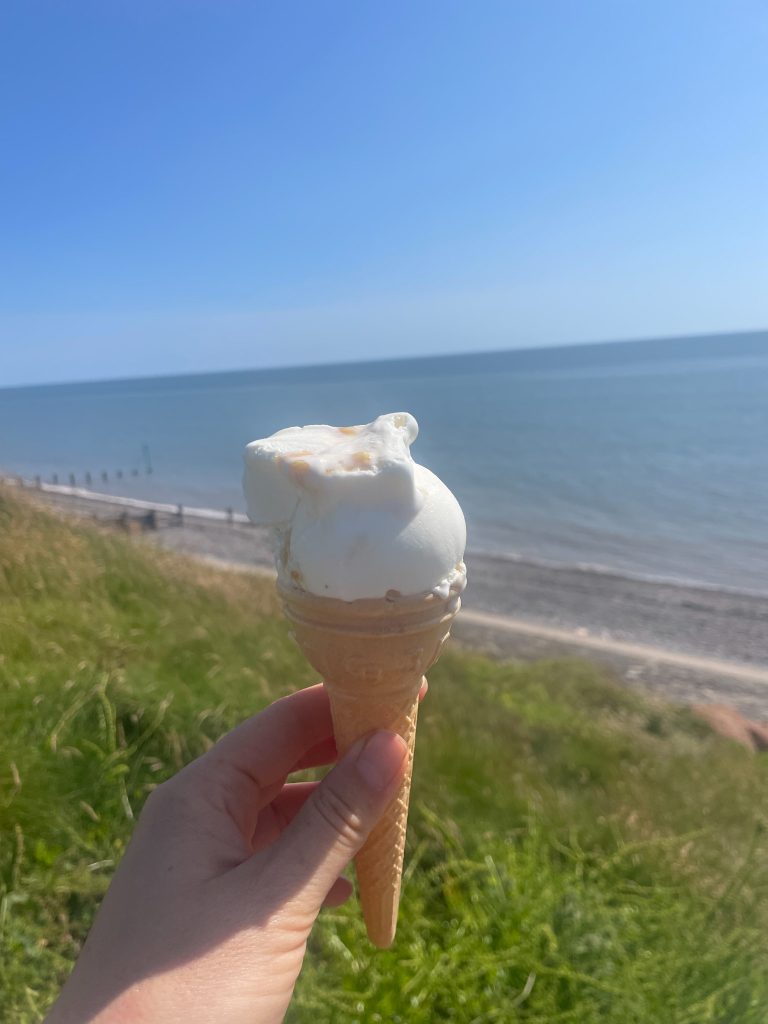
On the train ride back, I revel in having experienced a slice of wild Cumbria without the Lake District crowds.
Whitehaven to St BeesWalk Details
- The Whitehaven to St Bees coastal walk is around 6.5 miles long with a total elevation of around 250m. Allow around 3-4 hours to enjoy the walk.
- Strong footwear (decent trainers or walking boots) are recommended as parts of the path are rocky or uneven underfoot.
- The walk can be undertaken in either direction, with plenty of parking in Whitehaven and St Bees. If you wish to do a point-to-point walk, a fairly frequent train line runs between Whitehaven and St Bees . You can find directions for a circular walk option here.
- There are public toilets next to the beachfront in St Bees, a small shop and a couple of pubs. Whitehaven has a broader range of facilities.
How to get to Whitehaven/St Bees by public transport
- There is no public bus running between Whitehaven and St Bees, only a fairly frequent train service.
- The train is on the Cumbria Coast Line that runs between Barrow in Furness and Carlisle, with stops in Workington, Whitehaven and Ravensglass (for the Western Lake District). The journey from Whitehaven to St Bees takes around 8 minutes and costs £3.10 for a single (in 2023).
- It is possible to do the day walk by public transport if you are staying in the Lake District. Take an early bus to Keswick in the North Lake District, pick up the X4/5 to Workington, and either catch the bus (slower by cheaper) or the train to Whitehaven.
You can find a shorter version of this story I wrote for the Cumbrian beauty brand, The Bath House, which you can read here.
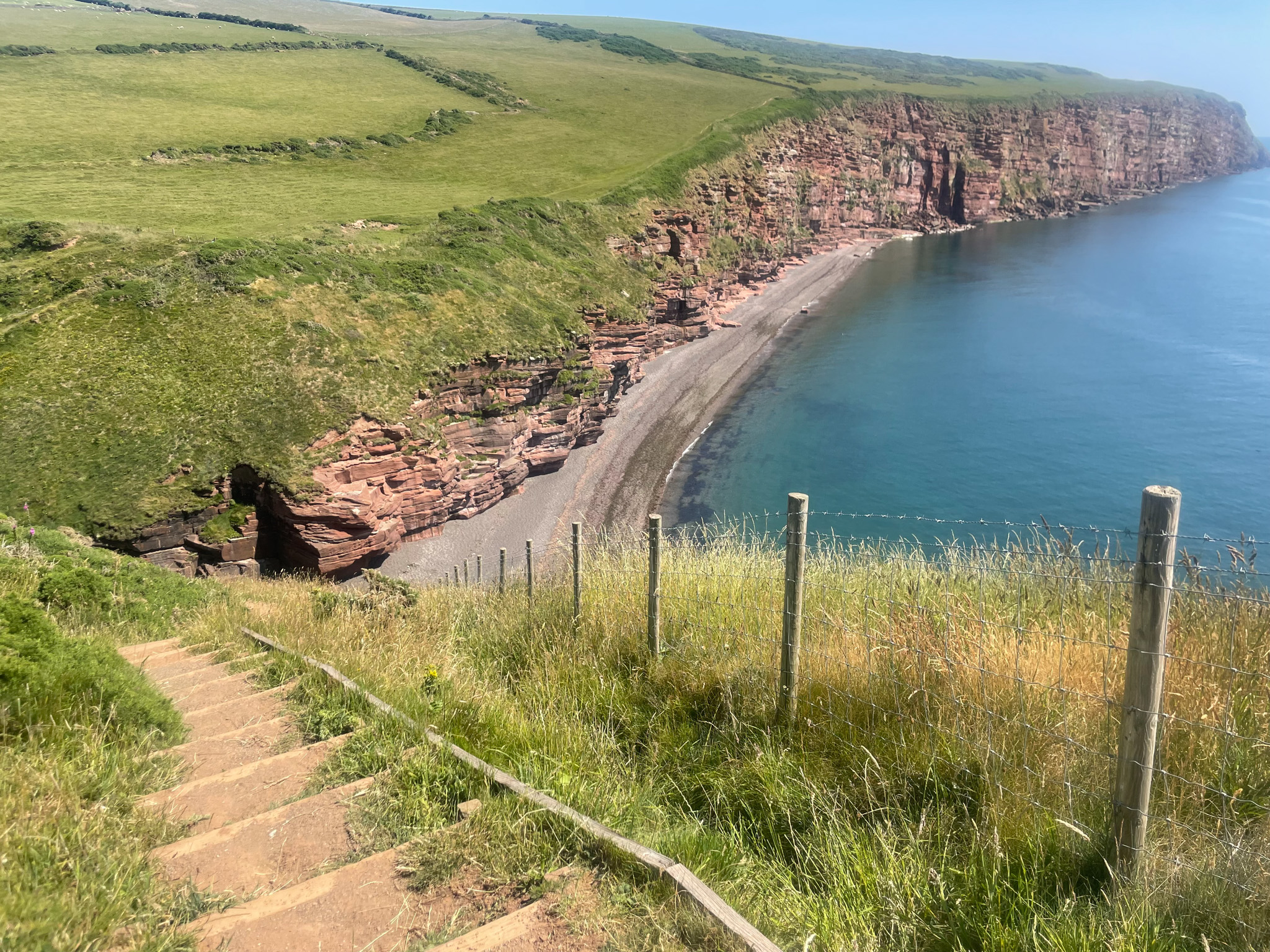

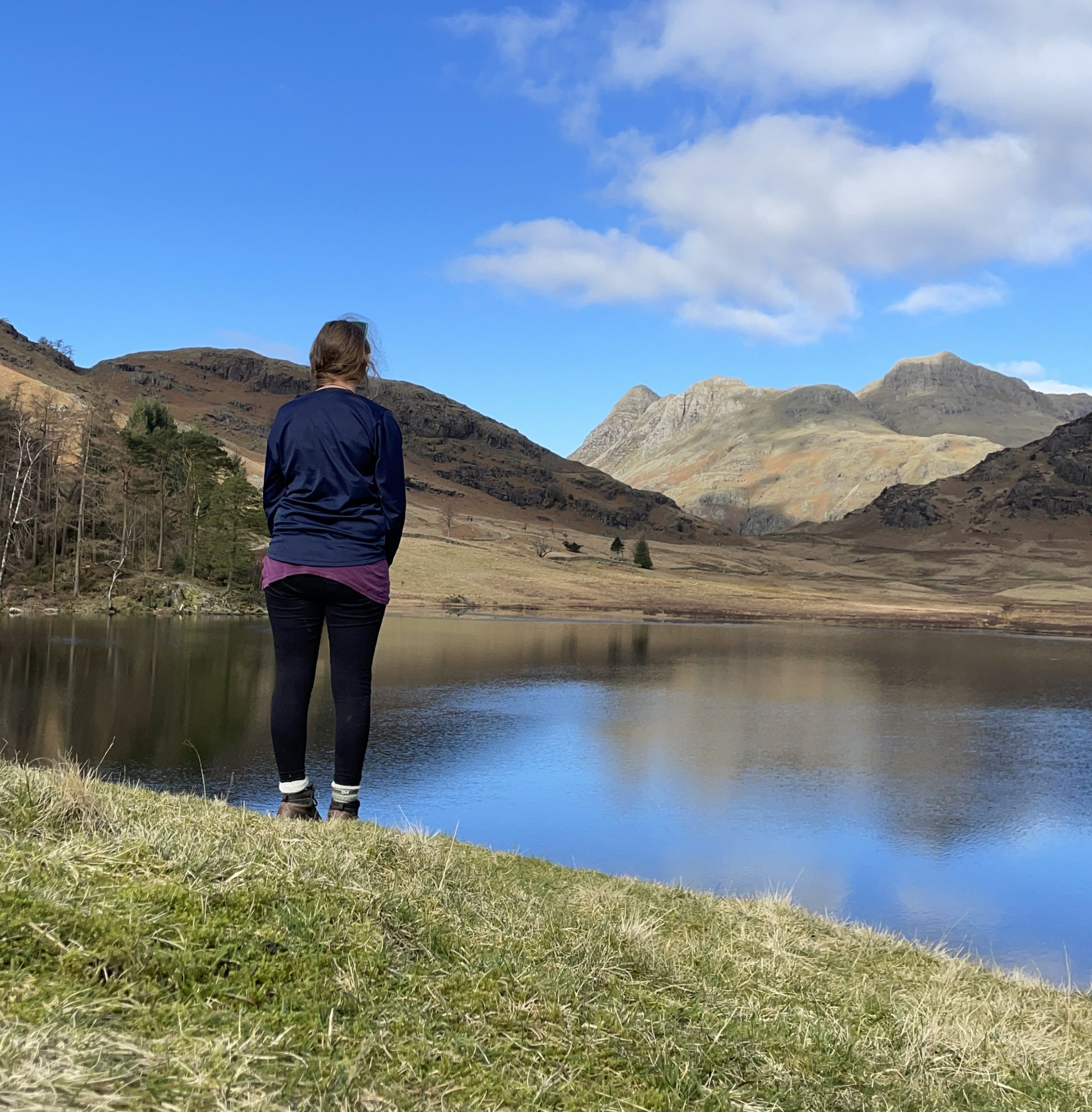

Leave a Reply